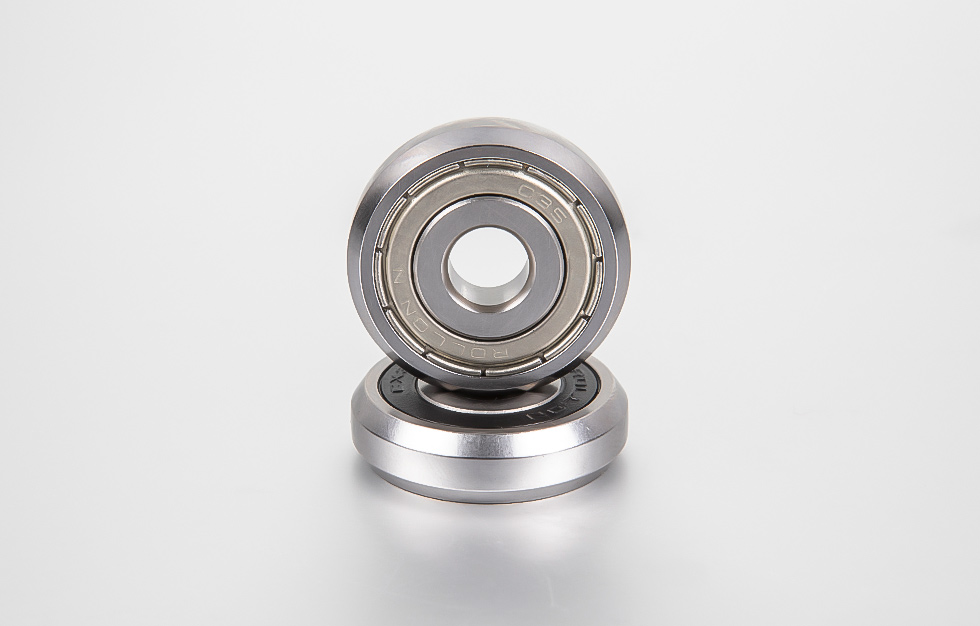News
Ningbo Hardchn bearing Co., Ltd.
Contact Us
Ningbo Hardchn bearing Co., Ltd.
ADD:No.501 Shizhu Rd, Linyu Foreign Investment Park, Jiaochuan Street, Zhenhai District, Ningbo city, China.
Tel:0086-574-86365365
Mobile:0086-(0)13858288142
Fax:0086-574-86454078
Motor bearings can also be called motor bearings. They […]
Motor bearings can also be called motor bearings. They are bearings dedicated to motors. Some faults often occur in motor bearings during use, resulting in bearing damage, that is, bearing failure and abnormal operation.
Under normal circumstances, the working track of the deep groove ball bearing should be located at the bottom of the groove, but the contact marks of the inner and outer ring raceways of the faulty bearing and the steel ball are obviously slanted to one side, and the inner ring raceway and the outer ring raceway have obvious corresponding deviations. The groove wear characteristics indicate that the bearing has withstood a large axial force during operation. Larger axial force causes abnormal working position of bearing parts, abnormal friction and wear on the contact surface of the parts, generating a large amount of friction heat, increasing the internal temperature of the bearing, and deteriorating the performance of the grease, such as the accelerated volatilization of the base oil and the change of the grease Drying and hardening will reduce the lubrication performance, which will further aggravate the friction and wear inside the bearing, and the clearance will become larger. The bearing will gradually lose stability, swing, and accelerate the bearing failure.

There is fretting corrosion on one end surface of the inner ring of the faulty bearing. The end surface of this side should be the mating surface of the shaft shoulder. The analysis suggests that the axial force during bearing operation should be related to the occurrence of this phenomenon. Judging from the eccentric wear feature of the raceway on one side of the bearing inner ring and the fretting corrosion on the end surface of the other side of the bearing, the direction in which the inner ring bears the axial force should be from the side (outside) of the inner ring end surface without contact marks Dynamic corrosion side (shaft shoulder side).
The cause of fretting corrosion on the end face of the bearing inner ring and the shaft shoulder is mostly caused by the insufficient contact between the bearing and the shaft shoulder and repeated axial impact force. The result of this action may cause the bearing inner ring and the journal To move (outward), if the bearing does not generate additional axial force at this time, there needs to be enough clearance between the outer diameter of the bearing and the bearing housing hole to move freely in the axial direction. If the bearing is tight, the outer ring of the bearing cannot recover freely after moving with the inner ring (outward). When the bearing is working normally, the inner ring of the bearing generates an additional axial force (inward). The inner diameter of the white PTFE sealing ring on the non-typing end of the bearing has obvious wear, which further shows that the axial force direction of the bearing is from the typing end of the inner ring to the non-typing end.
The analysis results show that the failure form of the faulty bearing is high temperature wear failure. The reason for the failure of the bearing is that it bears a large additional axial force during the working process.